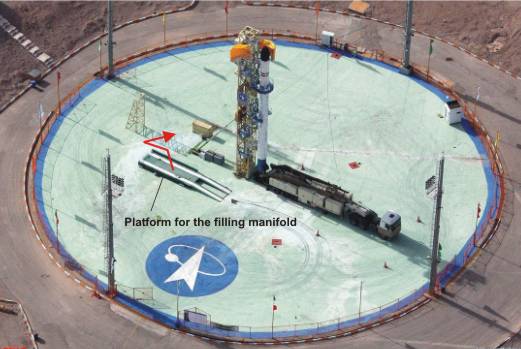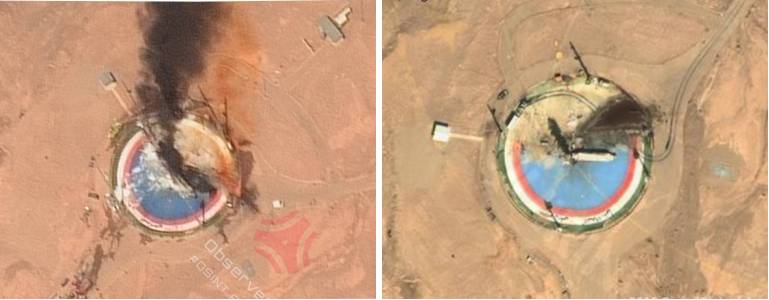Just spit it out already...
All right then!
You both are correct about the angle. When you mentioned that Google could have taken a picture of that same location with the same clarity and quality, it got me to be thinking. I thought... hmmm Google Maps usually have images that was taken from directly up, not at any angle. And you mentioned Google Maps 3D, which, technically, you may be close to being correct. The problem is that those are reconstructions of images from all over. When you rotate it, zoom in and out and whatnots, you notice the usual AI estimates and the usual computer graphics trickery. So not the same thing.
Now to the nexus of the question and the issue...
Eyeballing the image in question, you will notice that it was taken at an angle of over 45 degrees from a distance.
I am going to be conservative and say it was at 50 degrees. And the assumption that it was near the perigee which is around 400 km (around 247 miles).
So let's say it was taken at 50 degrees which the image was taken from a long distance.
Input two numbers here.
From this we see this:
1. The location was around 476 km (295 miles) from directly below the satellite.
2. By calculation, the distance from the satellite to the location was 622 km (386 miles).
What conclusions can you draw from the information provided?








